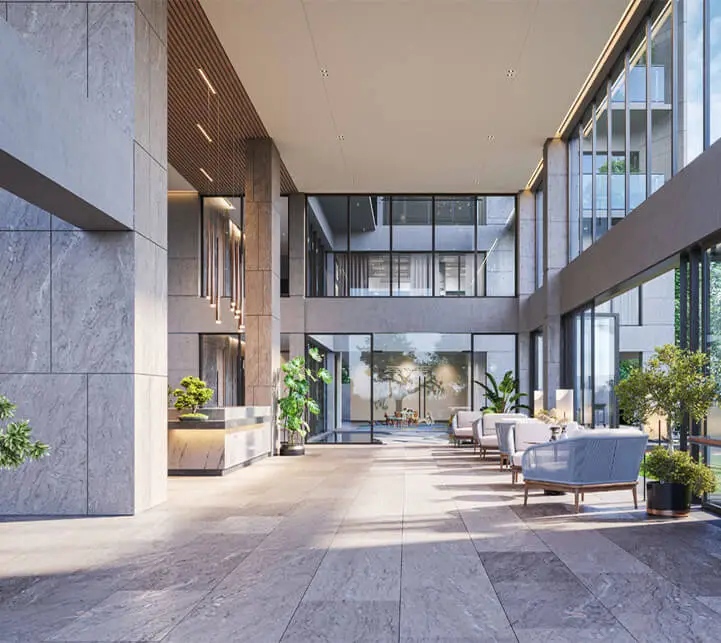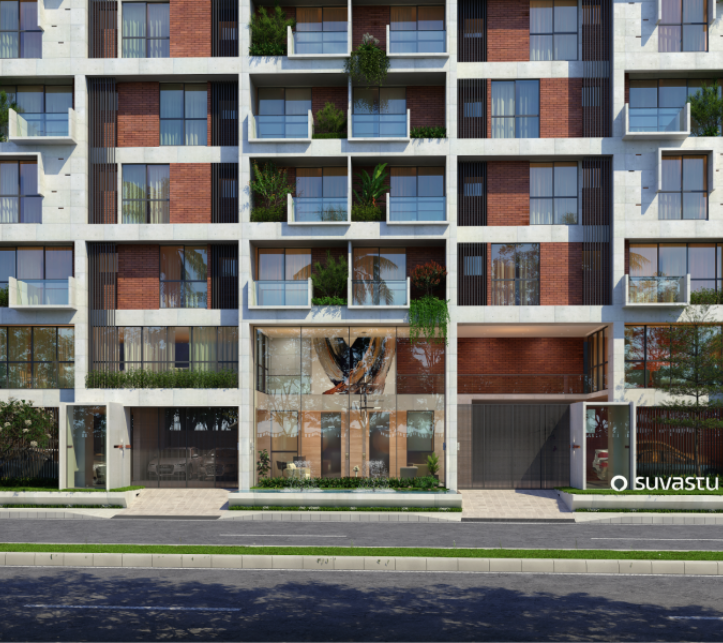We often drive by a building and admire the architectural aesthetics because that’s what we can see, feel and understand. But there is a very crucial Design Layer that a lot of us do not focus on – the Structural Design. Before designing a structure and deciding on the material to be used for the structure, there are some deciding factors which are considered like:
- The Purpose of the Structure: whether it will be used as Residential, Commercial or Industrial Intent.
- The Size of the Building or Structure: This might be the main focus of the structural design, since one of the main objective of a structural design is to ensure that the structure can bear the load of the total building, the furniture and of course the dwellers. When designing high rise buildings, it is known that the loads that the structure must bear increase with the height.
- Environmental and Even Cultural Factors: In the suburbs of USA wooden structures are popular whereas in Bangladesh, Concrete structures are most common. This is resulted from the environmental factors of Bangladesh since our country is in the tropical monsoon region and its climate is characterized by high temperature, heavy rainfall, often excessive humidity, and fairly marked seasonal variations, so wooden structures do not last long here.
Similarly, a very rigid structure is not suitable in earthquake prone areas like Japan.
The environmental factors in the long run, constitutes to the cultural or social factors. For example, since wooden structures were not very popular in Bangladesh so one cannot find skilled workforce who can design or build wooden buildings.
- Time allocated to finish the construction: Of course, everyone will want to minimize the time of the construction process so the most commonly used industrial practice are followed in structural designs.
- The budget or cost of materials used: This does not need further explanation and so same again, structural designers make sure that the structure is not “over-built” and thus cost is minimized.
Based on these points there are different types of materials used in structural designs. Let us explore some of the materials normally used all over the world:
- Reinforced Concrete Structure: Concrete is one of the most frequently used man-made material in construction industry which are extensively used in all sorts of structures from buildings, to bridges, dams and more.
- Wooden Structure: Although it is still used in many countries especially in the west, wood or timber structures are not environmentally friendly as the raw materials come from cutting down large number of trees.
- Glass Structure: Glass Structure as a building material was popularized as a by Joseph Paxton’s Crystal Palace in 1851. Today different types of glass based on their different physical properties are being used in building structures.
- Metal Structure: Two well known metal structures are Steel and Aluminum. There are variations in Steel Structures as well which we will covered at another time.
- Masonry Structure: It is the use of bricks, stones etc. for Building structures. Brick manufacturing causes harmful gases to be produced and on the other hand, stones and rock structures might look wonderful but are costly as it uses up non-renewable resources.
- Composite Structure: which include a combination of two or more constituent materials. The Composite material have an improved characteristic compared to that of their constituent materials
- Organic Structure: Such structures can be seen in the rural areas like the use of mud, clay and straws. Organic structures are gaining popularity among environmentalists and recently more innovative methods and materials are being used by structural engineers and architects in Bangladesh which have earned international awards too.


